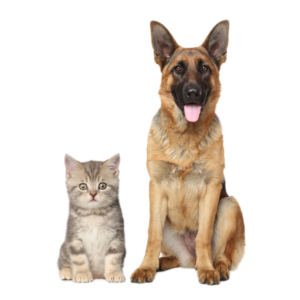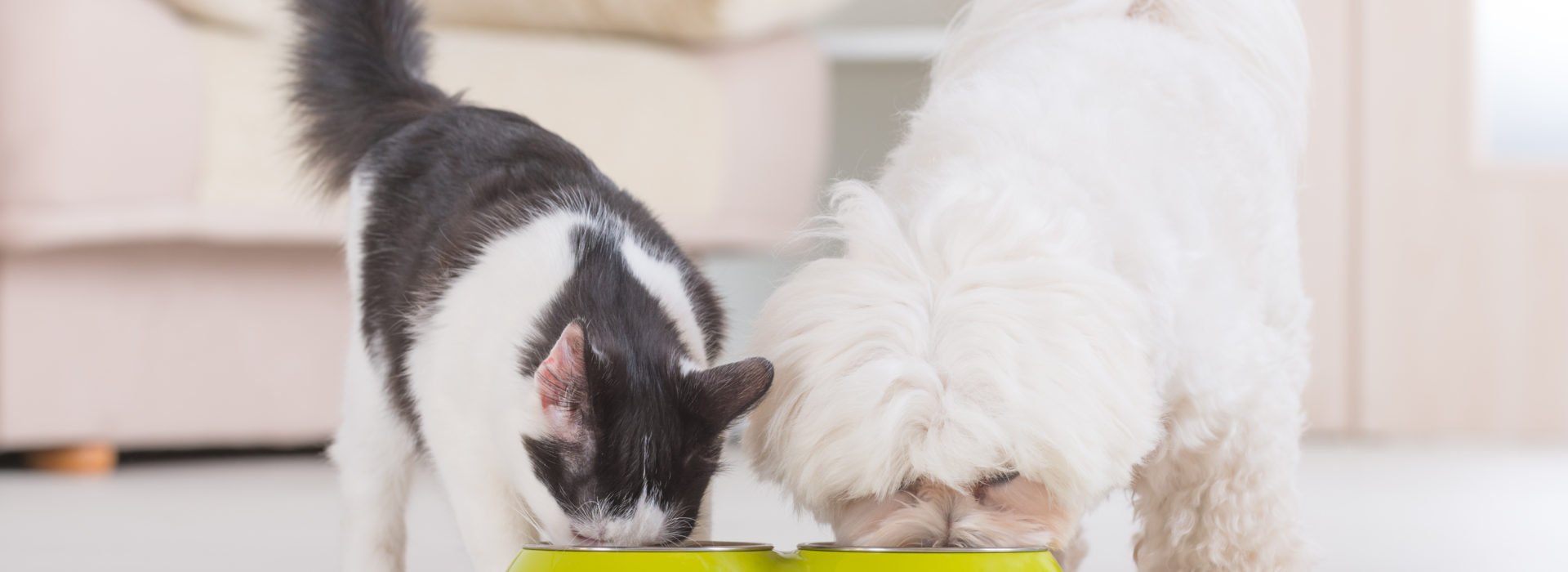At Hôpital Vétérinaire du Plateau, we help our clients feed their pets a balanced diet and ensure healthy weight management, because we know the two go hand in hand. Based on your pet’s overall health and lifestyle, our animal health team can advise you on the pet food options available and the best fit for your dog or cat. We carry many different kinds of pet food, for both regular and specialized diets. On your next visit to the vet, feel free to ask our team for more information!
My dog loves treats but I’m afraid of giving them too many. What is the right amount?
Treats should be given in moderation and shouldn’t exceed 10% of your pet’s daily calorie count.
Dangerous and difficult-to-digest foods for your pet
Here are some foods that pose a risk to your dog or cat: poultry bones, chocolate, mushrooms, coffee, nuts, grapes and raisins, potatoes and onions. You should also keep an eye on salt, sugar and fat content in certain foods that can also cause stomach problems and lead to diabetes, obesity and heart disease.
Is it okay to give milk to an adult cat?
Most cats (and dogs) have trouble stomaching milk once they reach adulthood, because they stop producing the enzyme needed to digest it. In fully grown animals, milk may cause bloating, flatulence or soft stool. Milk is also very high in calories.
How do interactive bowls and slow-feeders work?
Interactive bowls and slow feeders prevent your pet from eating too much, too quickly. When pets inhale their food in large gulps, they sometimes regurgitate it afterwards. These special kinds of bowls make your dog or cat work to get their food, and offer stimulation (while you’re at work, for instance).
I’m considering switching to a new pet food. What is the best way to make the transition?
Switch their food gradually over a period of a few days. For the first two days, mix 75% of the current food with 25% of the new food. On the third or fourth day, offer your pet a 50-50 mix. Then on days five and six, mix 25% of the current food with 75% of the new food. Then finally on the seventh day, only the new food.
If you switch their food all at once, your dog or cat might have trouble digesting it or refuse the new food since it tastes different.



